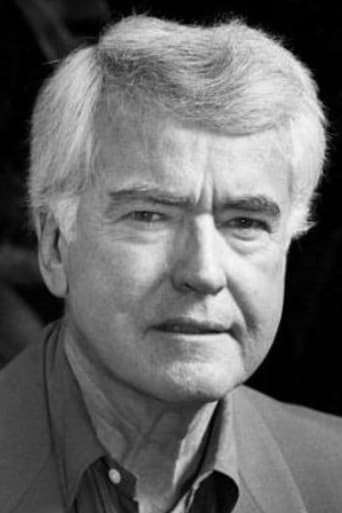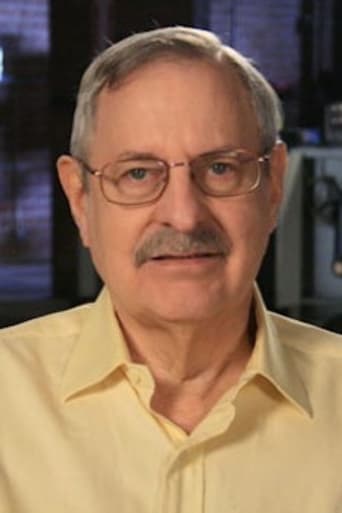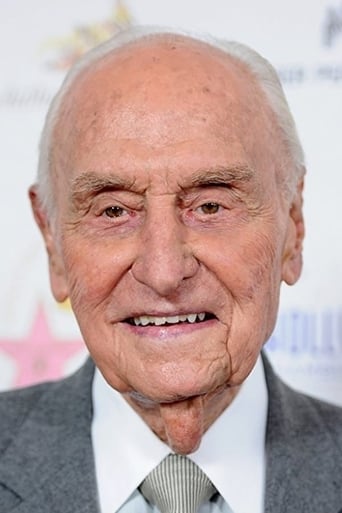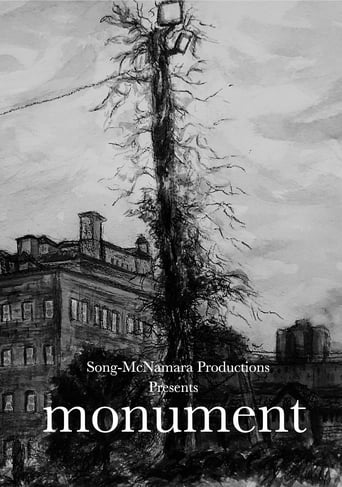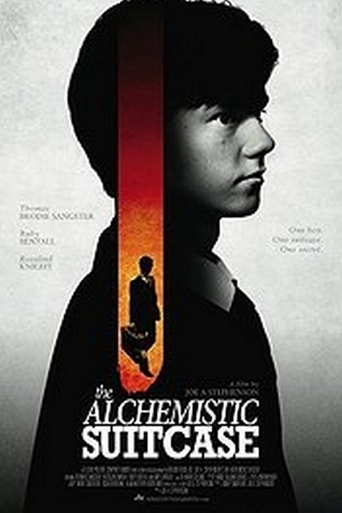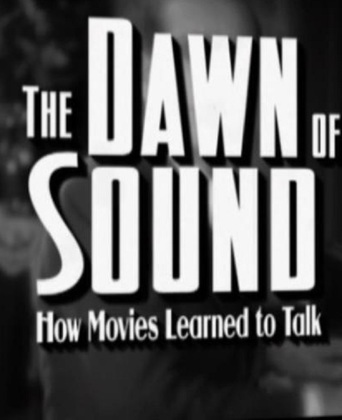
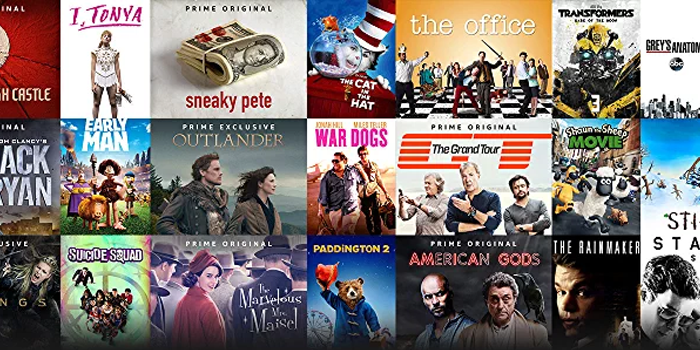
The Dawn of Sound: How Movies Learned to Talk (2007)
Film historians, and survivors from the nearly 30-year struggle to bring sound to motion pictures take the audience from the early failed attempts by scientists and inventors, to the triumph of the talkies.
Watch Trailer
Cast


Similar titles
Reviews
Best movie ever!
Easily the biggest piece of Right wing non sense propaganda I ever saw.
The thing I enjoyed most about the film is the fact that it doesn't shy away from being a super-sized-cliche;
A terrific literary drama and character piece that shows how the process of creating art can be seen differently by those doing it and those looking at it from the outside.
Included in Warner Brother's 2007 three-disc set for THE JAZZ SINGER, this 85 minute, 17.56-second feature-length extra perfectly rounds out an amazing collection of material with about every tidbit of information a person needs to understand the necessity for motion picture sound and the torturous route the industry took to meet this demand (far more important than the transition to color, and hardly a frill like the current 3D revival). Featuring such well-known DVD featurette talking heads as film critic Leonard Maltin, film historian Rudy Behlmer, and 80-year entertainment industry vet Rose Marie (of BABY ROSE MARIE THE CHILD WONDER, 1929, fame), this extra includes interviews with less frequently seen experts such as actress Thelma White, silent films crossover Harold Lloyd's granddaughter Suzanne, Vitaphone Project representative Ron Hutchinson, unsuccessful silent films crossover John Gilbert's daughter Leatrice Fountain, sound designer Ben Burtt, and Vitaphone composer Sanford Green. All this is ably narrated by Mark Hunt, and sprinkled with vintage clips of stars such as Al Jolson, Charlie Chaplin, Buster Keaton, Greta Garbo, and Orson Welles.
This latter-day documentary about the transition from silent to sound on film was produced with the intent for inclusion in The Jazz Singer DVD set since that landmark movie was the center of that change. One person I did not know about beforehand was that of Thomas Case who first worked on Lee De Forest's Phonofilms then on William Fox's Movietone process. Of course, most of the lion's share of the story is on the Warner Brothers' contribution particularly that of Sam who was a champion of the Vitaphone sound-on-disc process that led to The Jazz Singer's success. Unfortunately, he died before that day's film premiere so it was a mixed victory for siblings Harry, Al, and Jack. Still, they reaped the benefits of Sam's labor and became one with the Majors to this day. I also loved hearing Rose Marie's comments about her child self's debut in those Vitaphone shorts and historian Leonard Maltin's observation about the aftermath of many silent stars' responses like that of Charlie Chaplin who resisted talking until he made The Great Dictator in 1940. So on that note, The Dawn of Sound: How Movies Learned to Talk is well worth seeing.
Dawn of Sound, The: How Movies Learned to Talk (2007) **** (out of 4)Another brilliant documentary from Warner, this time teaching how sound came to be in movies. The documentary does a great job at showing all that went into the process as well as what all went out including several silent film stars careers. We see early experimental sound films from 1894 (available on DVD) as well as "talking attractions" like Griffith's Dream Street, which would turn out to be a disaster and turn studios off of sound films for many years. The Jazz Singer and it's role in history gets a lot of talk and the documentary runs up to the final silent film and Chaplin's The Great Dictator, which would put the nail in silent films forever. Anyone interested in the process of this piece of history will certainly learn it all here.
This is one of the extras as part of the 80th anniversary edition of the 1927 Jazz Singer.This is a combination of recent interviews and archive footage which explains in clear detail the evolution of sound in the cinema.It gives credit where credit is due.Although i would not agree with the comments of the curator of the Thomas Edison museum.He made out that Edison invented everything.After all every country has its claimant to the invention of the motion picture.This is ideal not just for viewers who are interested in the subject but people like myself who have made a detailed study of the introduction of sound.So it was well worth a viewing be it on DVD or TCM


